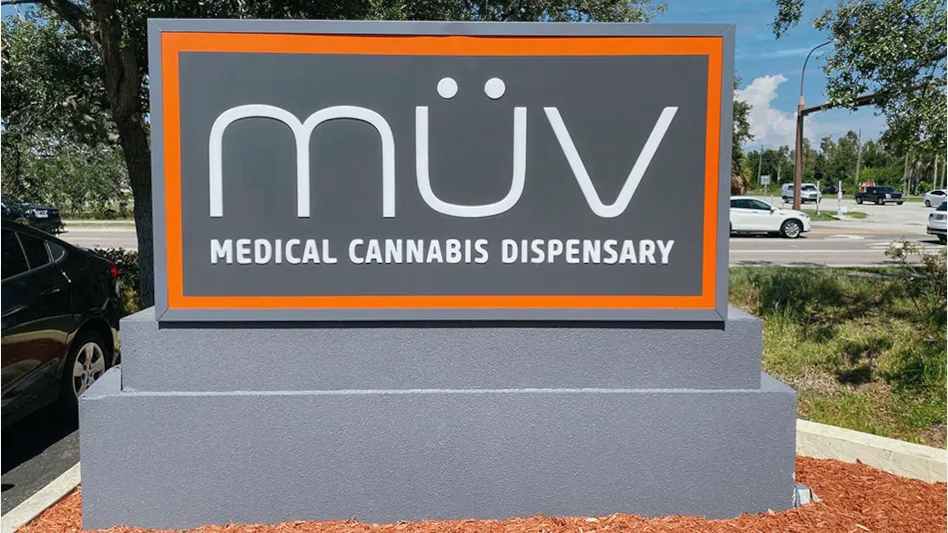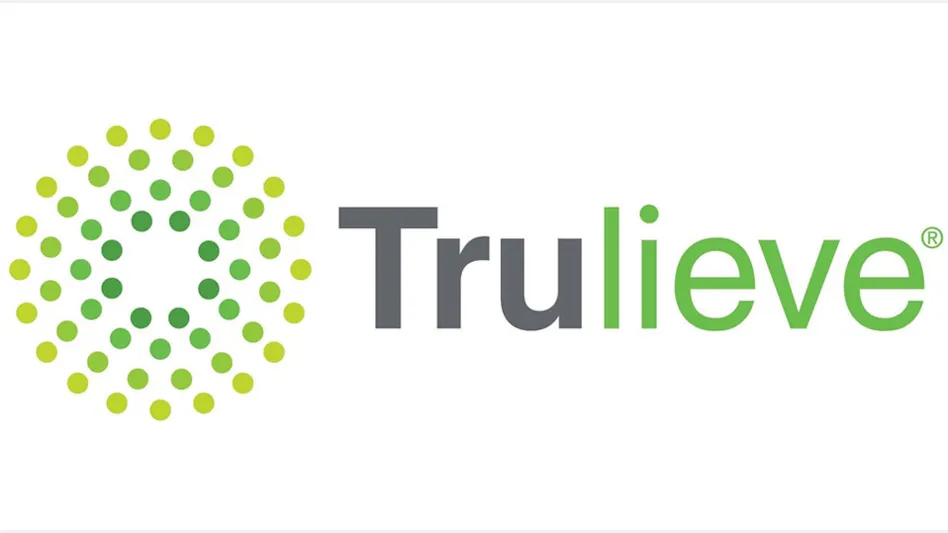
Late on Friday, Jan. 12, 2024, the U.S. Department of Health and Human Services (HHS) released 252 pages of documents related to its Aug. 29, 2023, recommendation to the Drug Enforcement Administration (DEA) that marijuana be placed in Schedule III of the Controlled Substances Act (CSA). HHS suggests it be rescheduled from Schedule I (no currently accepted medical use, high potential for abuse), where it currently resides, to Schedule III (accepted medical use, moderate to low potential for physical and psychological dependence.
As Cannabis Business Times reported, attorney Matthew Zorn, partner at Yetter Coleman, sued HHS following a Freedom of Information Act (FOIA) request for the rescheduling recommendation and supporting memorandum. Previously, HHS had only released a heavily redacted version of the same recommendation to the DEA.
RELATED: Cannabis Rescheduling Document Details Rationale For Schedule III Recommendation
Clearly, the major takeaway from the documents released is that, upon consideration of the eight factors determinative of control of a substance under 21 U.S.C. 811(c), the U.S. Food and Drug Administration (FDA) has recommended to DEA that marijuana be placed in Schedule III of the CSA. Much has been said since Jan. 12 about what this all means, where we go from here, and the like. However, there are some things in FDA’s memorandum that stood out to me that I think merit some attention.
In no particular order:
NIDA’s agreement with FDA that marijuana should be moved to Schedule III
FDA stated that that the National Institute on Drug Abuse (NIDA), a part of the National Institutes of Health (NIH), whose mission it is to support scientific research on drug use and addiction, concurs with FDA’s scheduling recommendation (p. 6 and 63 in the PDF file). Editor’s Note: The pages cited in this column are the PDF pages in the full document, which includes the letter, and does not coincide with the numbers labeled on the pages. On the one hand, the most commonly discussed players in the rescheduling discussion are FDA and DEA. Takeaway: However, NIDA is an important part of the rescheduling equation, and so its agreement with FDA that marijuana should be moved to Schedule III is significant.
By way of background, the HHS Secretary requested that FDA, in consultation with NIDA, conduct a scientific and medical evaluation of marijuana that would enable HHS’s Office of the Assistant Secretary for Health (OASH), on behalf of the Secretary, to convey recommendations to DEA regarding the appropriate scheduling of marijuana. In other words, it is not arbitrary that FDA cited to NIDA’s rescheduling view in the memorandum. NIDA had a defined role in evaluating whether marijuana should be rescheduled, and its concurrence with FDA is important.
Prior scientific and medical evaluations of marijuana
Speaking of things not typically included in a higher-level rescheduling discussion, FDA indicated in its memorandum that since 2000, HHS (through the FDA and NIDA) has conducted four scientific and medical evaluations of marijuana for drug scheduling purposes, each in the form of an Eight Factor Analysis (8FA) (p. 2 of the PDF). This 8FA is, not surprisingly, the form that FDA used in its August 2023 scheduling recommendation to DEA. But I mention the four evaluations of marijuana since 2000, as I am not sure some appreciate that we have seen a process like this unfold before.
Comparing marijuana to alcohol (and other drugs)
I also found the discussions surrounding alcohol, and in particular, comparing its abuse potential (higher) to that of marijuana (lower), to be pretty interesting. For example, FDA said:
- “It should be noted that although alcohol is well known to be abused, it was explicitly exempted from control under the CSA when it was enacted” (p. 5 of the PDF).
- “From 2015 to 2019, the prevalence of past-year use of alcohol was 5-6 times greater than that that of past-year nonmedical use of marijuana” (p. 8 of the PDF – emphasis added).
- “As a relative finding on abuse liability, when comparing marijuana to heroin, oxycodone, hydrocodone, fentanyl, cocaine, ketamine, benzodiazepines, zolpidem, tramadol, and alcohol in various epidemiological databases that allow for some or all of these comparisons, marijuana is not typically among the substances producing the most frequent incidence of adverse outcomes or severity of substance use disorder” (p. 10 of the PDF – emphasis added).
- Takeaway: While these three comparisons above between marijuana and alcohol contain a lot of other interesting information, significantly, we have FDA saying here that, generally speaking, marijuana is less to blame for adverse outcomes or severe substance abuse disorder than alcohol (and heroin, oxycodone, hydrocodone, fentanyl, cocaine, ketamine, benzodiazepines, zolpidem, tramadol).
- “The risks to the public health posed by marijuana are low compared to other drugs of abuse (e.g., heroin, cocaine, benzodiazepines)” – p. 58 of the PDF. Takeaway: FDA is saying that, as compared with other drugs of abuse, marijuana poses low public health risks. Yes, FDA is calling marijuana a drug of abuse. However, it certainly seems to be going out of its way to strongly distinguish it from other drugs of abuse.
- “The marijuana withdrawal syndrome appears to be relatively mild compared to the withdrawal syndrome associated with alcohol which can include more serious symptoms such as agitation, paranoia, seizures and even death” (p. 61 of the PDF). Takeaway: When we think about drugs of abuse, we tend to think about, among other things, how hard it can be to go through withdrawal from that drug (i.e., how hard it is for someone to quit using the drug). Here, we have FDA saying that withdrawing from marijuana is mild as compared with other drugs, especially alcohol.
Marijuana has a currently accepted medical use (CAMU)
“Marijuana has a currently accepted medical use in treatment in the United States” (p. 64 of the PDF). Takeaway: Given FDA’s recommendation to DEA, this statement is not surprising to see in the released documents. However, it is significant for any U.S. government agency, particularly FDA, to state this officially and as part of a formal rescheduling recommendation to DEA. Think about how long our country’s marijuana policy has moved in the same direction (50-plus years, if we’re just talking about the CSA). This is a very meaningful statement, to be sure. In delving into this further, FDA also said that:
- “There exists some credible scientific support for the medical use of marijuana in at least one of the indications for which there is widespread current experience by HCPs [healthcare providers] in the United States … we find that that, for purposes of the drug scheduling criteria in 21 U.S.C. 812(b), marijuana has a CAMU in the United States for: anorexia related to a medical condition; nausea and vomiting (e.g., chemotherapy-induced); and pain.” (p. 64 and p. 29 of the PDF, respectively). Takeaway: A CAMU evaluation is one of the findings relevant to the placement of a substance in one of five drug control “schedules” set forth in 21 U.S.C. 812(b). As I mentioned above, Schedule I, by definition, means no currently accepted medical use and a high potential for abuse. Well, here you have FDA saying that not only is marijuana less likely to be abused than other Schedule I and II substances, but that it has not only one, but rather several currently accepted medical uses.
- Beyond its CAMU, FDA noted that “There is accepted safety for the use of marijuana under medical supervision for the treatment of anorexia related to a medical condition, nausea and vomiting (e.g., chemotherapy-induced), and pain” (p. 65 of the PDF). Takeaway: Not only does marijuana have several CAMUs, but there is accepted safety for several conditions when used under medical supervision.
To be sure, these are but a few of the items from the rescheduling recommendation documents release that stood out to me. However, the excerpts and takeaways above should start to give stakeholders a clearer picture of what, in FDA’s view, is the strong evidence that supports a decision to reschedule marijuana from Schedule I to Schedule III. We will certainly be monitoring closely DEA’s consideration of FDA’s recommendation, and issue further analysis, as warranted.
Jonathan Havens is the managing partner of the Baltimore office and co-chair of both the Cannabis Law and Food, Beverage & Agribusiness practices at Saul Ewing LLP. He counsels public and private company cannabis operators, ancillary service and product providers, investors, management companies, and various other entities that are affected by federal and state cannabis laws. Since 2019, Chambers USA has recognized Jonathan as one of America’s leading lawyers in cannabis law. In 2021, Law360 selected Jonathan as a cannabis law rising star. He is regularly interviewed by mainstream and trade press outlets, alike. Before entering private practice, Jonathan served as a regulatory counsel with the U.S. Food and Drug Administration, where he focused on compliance and enforcement related to promotion, advertising, and labeling. Prior to law school, Jonathan served as a legislative aide in both the U.S. Senate and U.S. House of Representatives.
Latest from Cannabis Business Times
- Cresco Labs Reports $184M in Revenue in Q1 2024 Financial Results
- Michigan’s Adult-Use Cannabis Sales Up 21% From Last Year
- AYR Wellness Reports $118M in Revenue for Q1 2024 Results
- Total Wine & More Takes Another Step Into Hemp-Derived THC-Infused Beverage Market
- UK’S Medical Cannabis Boom: Patients, Demand and Consumption Surge to All-Time Highs - With a Record Number of Private Clinics
- ‘Mitey’ Pest Problems in Cannabis
- CryoMass Announces Sale of First Production Model to be deployed in Canada
- Ohio Medical Cannabis Operators Could Launch Adult-Use Sales in June





